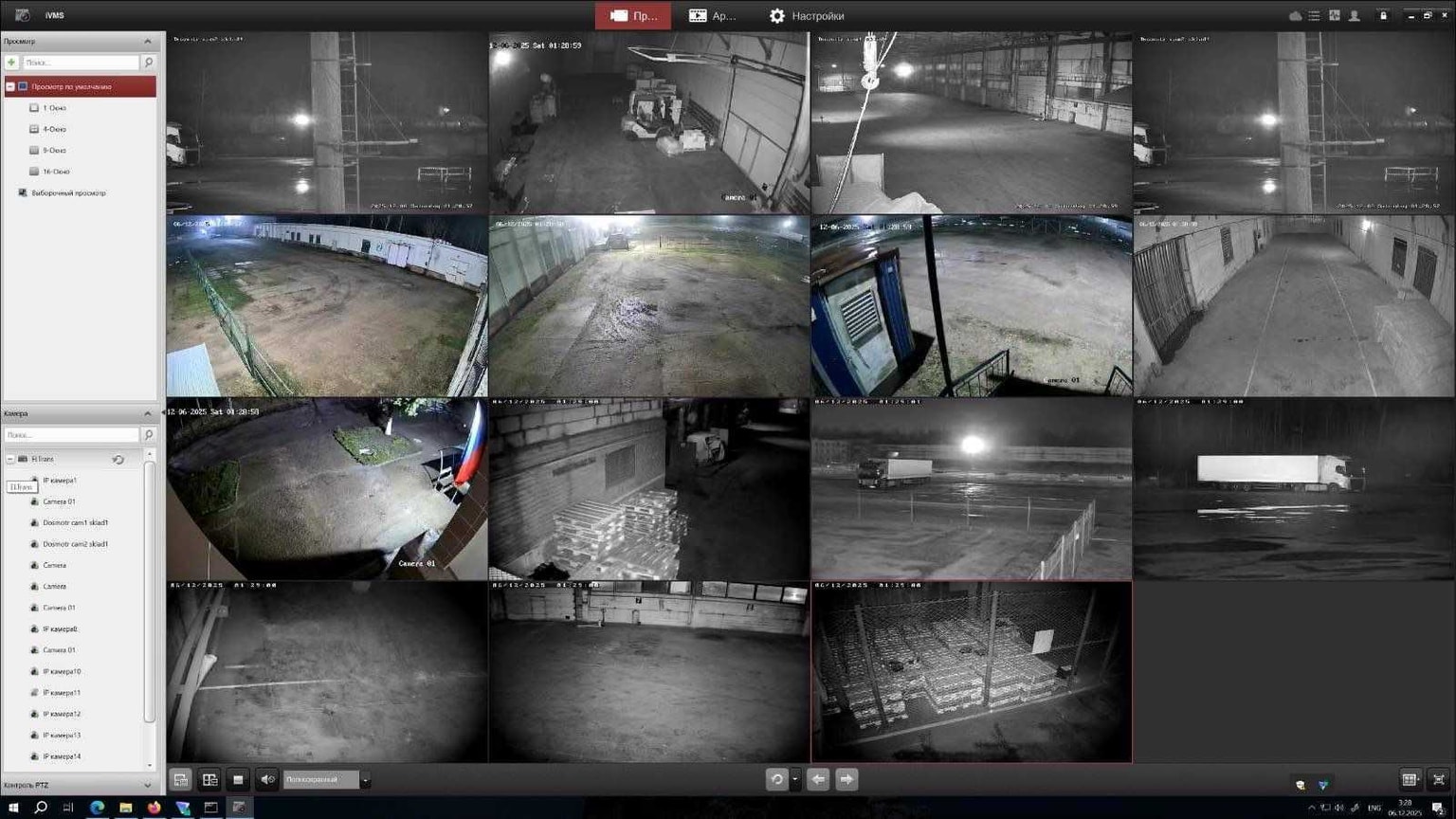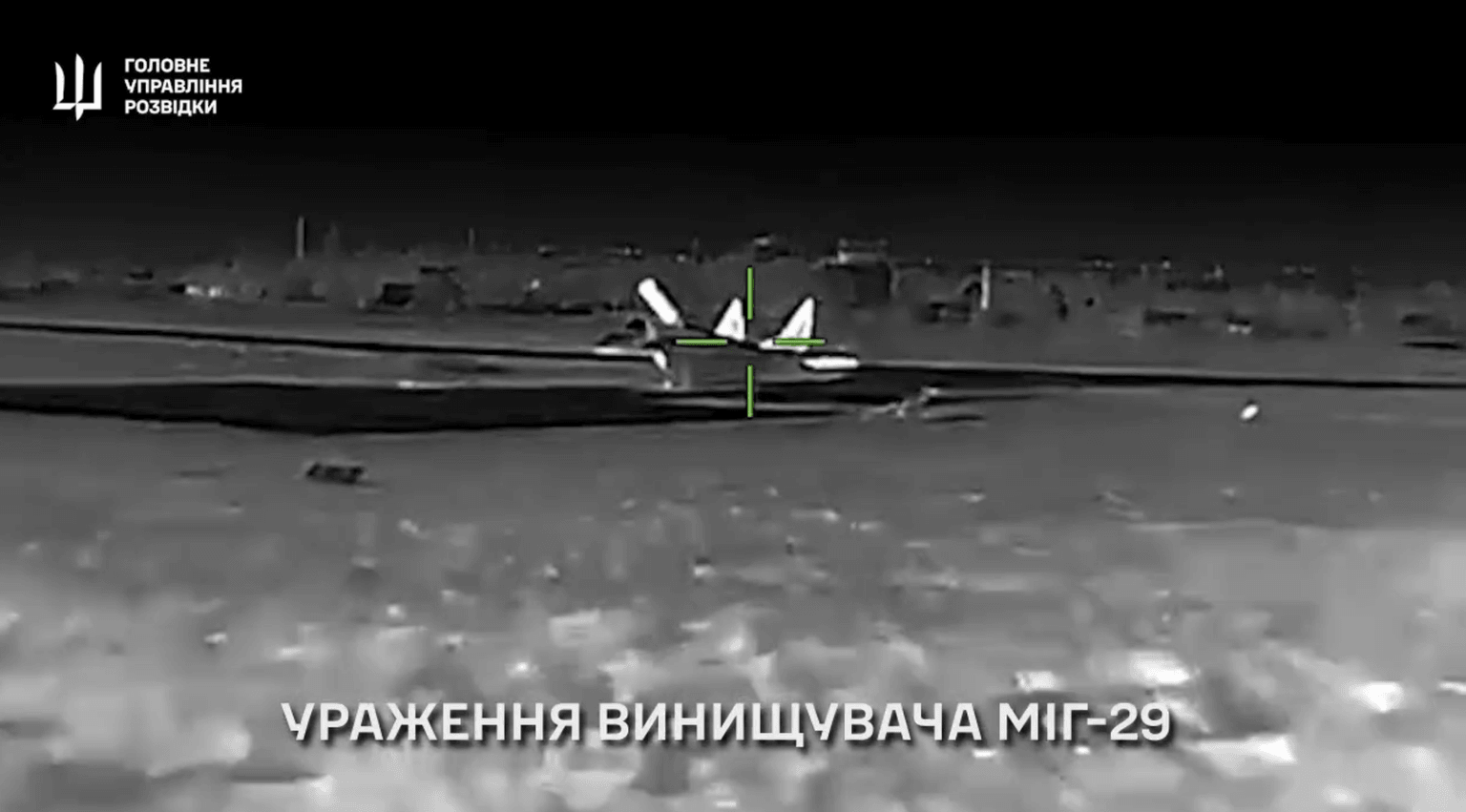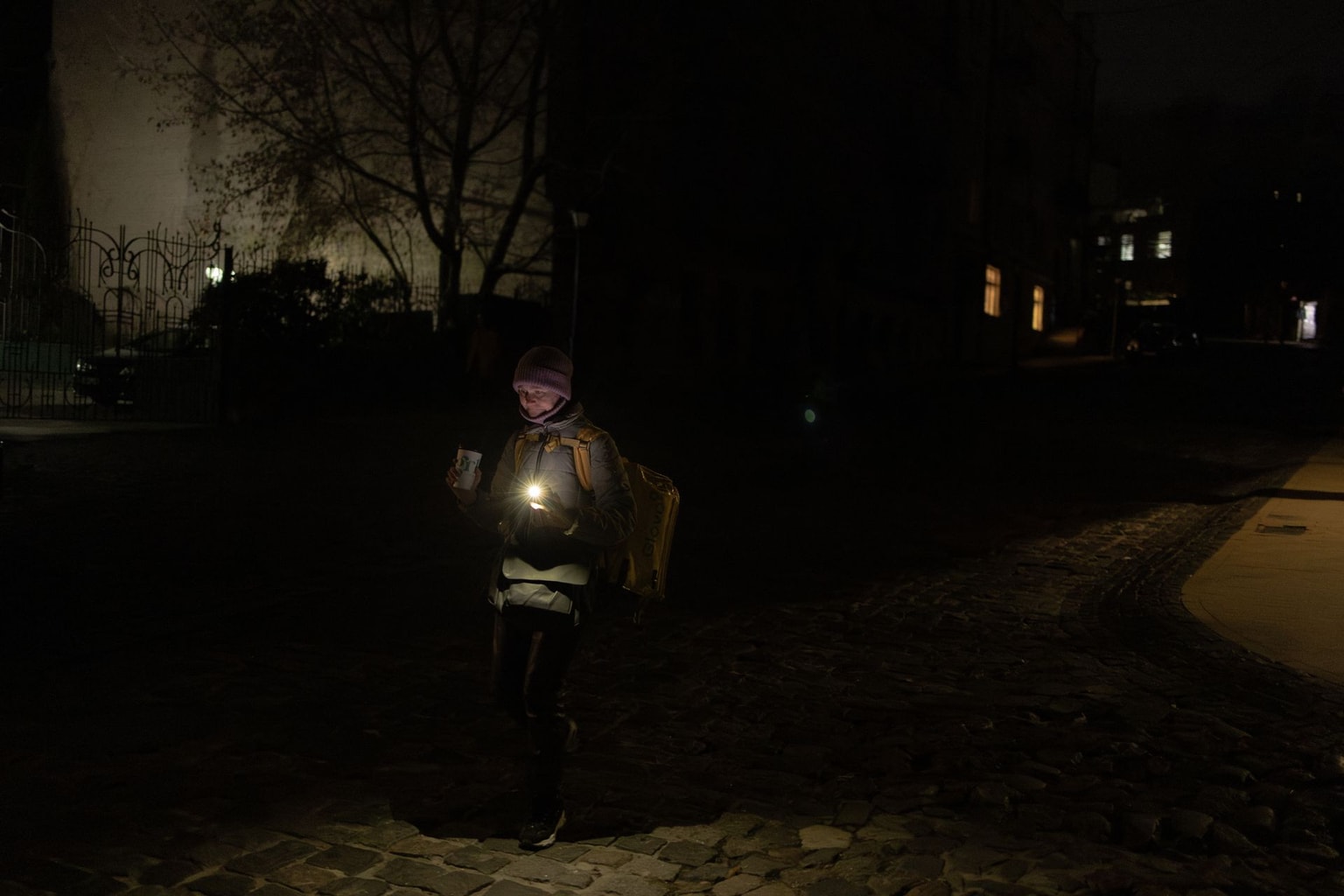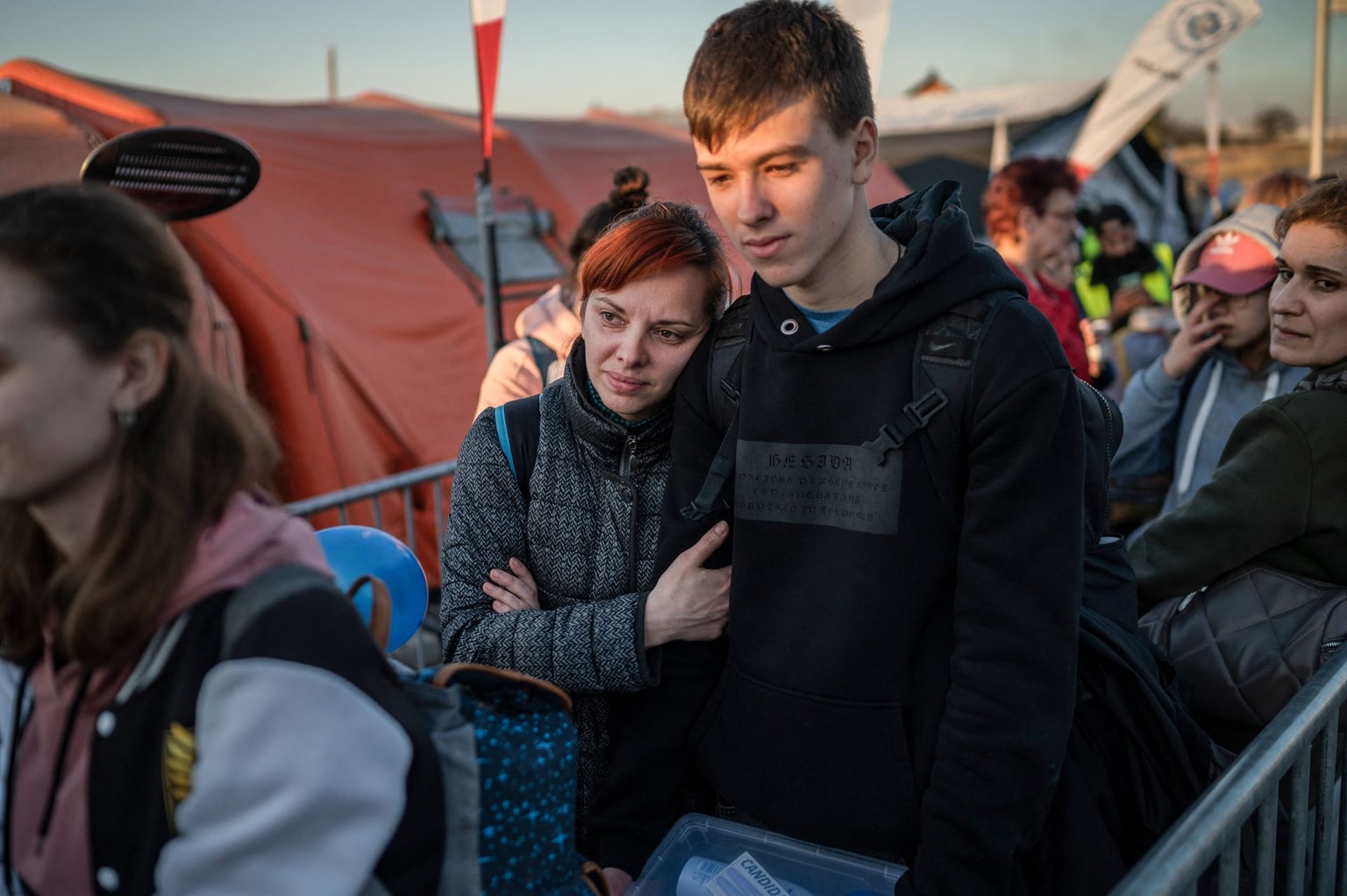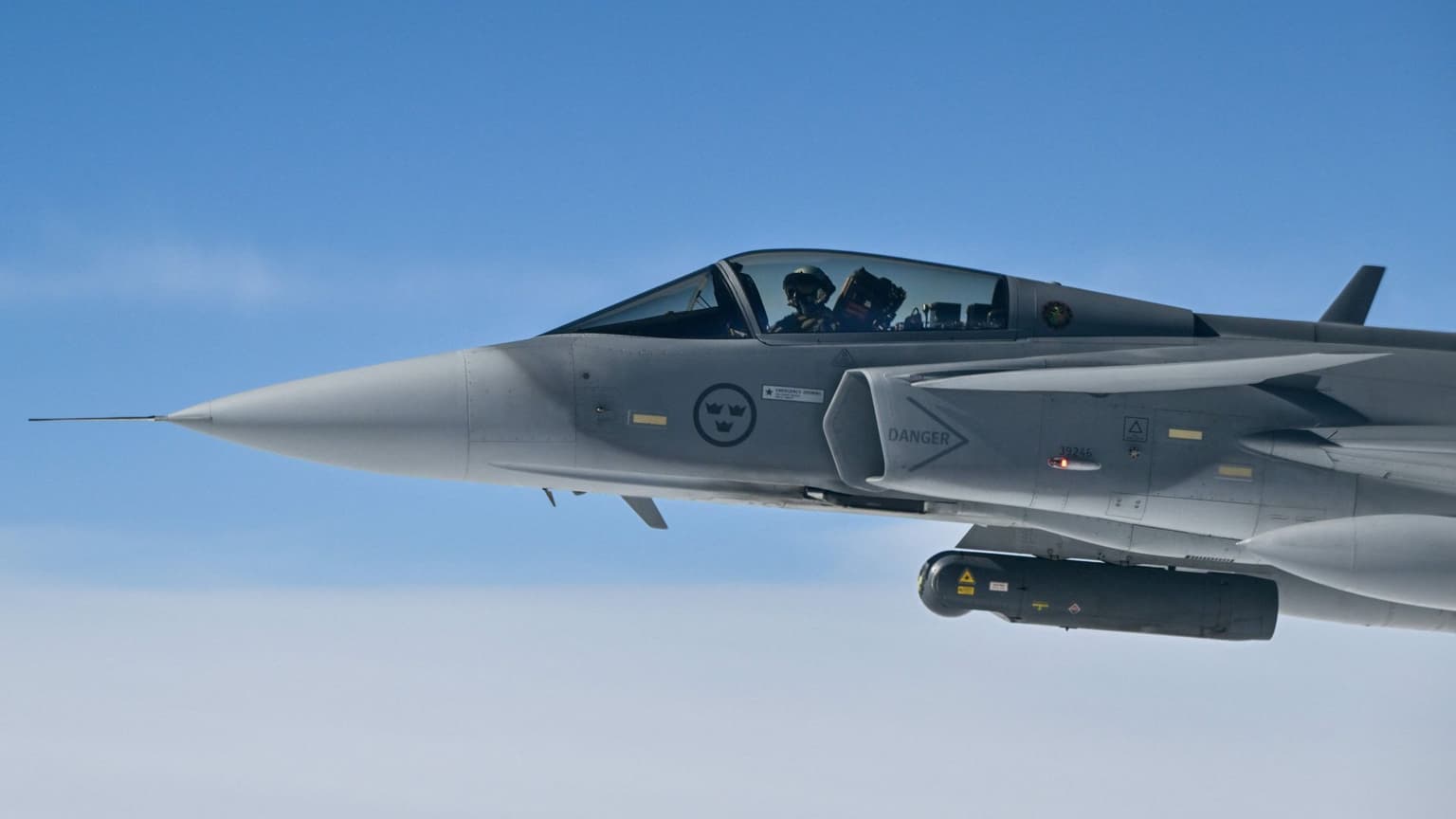
Gripen jets are coming to Ukraine — here's how they can be used against Russia
A Swedish Air Force Saab JAS 39 Gripen jetfighter takes part in the NATO exercise in Alliance members’ sovereign airspace on July 4, 2023. (John Thys / AFP via Getty Images)
Sweden and Ukraine have taken a major step toward expanding Ukraine's air force, signing an agreement to potentially acquire Gripen fighter jets, and the first of these cutting-edge aircraft could be in Ukrainian skies as soon as 2026, according to President Volodymyr Zelensky.
"For me, the JAS-39 is the only fighter jet in the world I'd be willing to sell my soul for," Ukrainian pilot Vadym Voroshylov, call sign Karaya, said on Instagram, describing the possible delivery of Swedish aircraft as an "ideal option" for Ukraine.
Ukraine, which entered the full-scale war relying on Soviet-era fighter jets such as the Su-27, MiG-29, and Su-24 bombers, has expanded its air capabilities with help from Western partners. The country has begun adding NATO-standard aircraft to its fleet, including American F-16s and French Mirage 2000s.
But the number of these modern fighters remains limited, leaving Ukraine struggling to defend its critical and civilian infrastructure from daily Russian attacks. That defense could be strengthened by the addition of Sweden's Gripen, designed by Saab Group — one of the most advanced multirole fighters available.


Under the agreement signed on Oct. 22, Ukraine plans to purchase between 100 and 150 JAS 39 Gripen E fighter jets — the latest variant of Sweden's aircraft. However, Swedish Prime Minister Ulf Kristersson cautioned that the deal is "a journey for 10 to 15 years" and does not include immediate deliveries.
Yurii Ihnat, head of the Ukrainian Air Force's communications department, also warned that deliveries from Sweden are unlikely to happen "soon."
"Aircraft are not easy to purchase. These deals are made through intergovernmental agreements, not simple transactions, which is why they are so complex," Ihnat said on national television on Oct. 23.
Experts who spoke with the Kyiv Independent remained skeptical that Ukraine will receive the newest version of the jet anytime soon. Still, they said any addition of Gripens, including its older version, the C/D, would significantly strengthen the country's air force.
Inside the Gripen
Sweden's Saab JAS 39 Gripen is a versatile, cost-effective multirole fighter jet known for its agility, advanced avionics, and short takeoff capability. This aircraft can perform air-to-air, air-to-ground, and reconnaissance missions.
Its latest single-seat modification, the Gripen E, packs serious power with its General Electric F414G engine, delivering rapid acceleration and high climb rates. Inside, an advanced data-fusion cockpit with a large panoramic display gives pilots a clear, real-time view of the battlespace.
Capable of reaching Mach 2 at high altitude, around 2,130 km/h (1,320 mph), fast enough to cover the distance between London and Paris in around 10 minutes, the Gripen E features a new AESA radar and advanced electronic warfare systems.
In May 2025, the Gripen E also became the first fighter jet flown by artificial intelligence. The AI pilot, Centaur, completed three sorties, showcasing the aircraft's advanced Beyond Visual Range (BVR) combat capabilities.
The older Gripen C/D lags the latest Gripen E/F in technology and performance. It features legacy avionics and radar, has a lower takeoff weight — 14,000 kg instead of 16,500 kg — and has reduced fuel capacity, limiting its range.
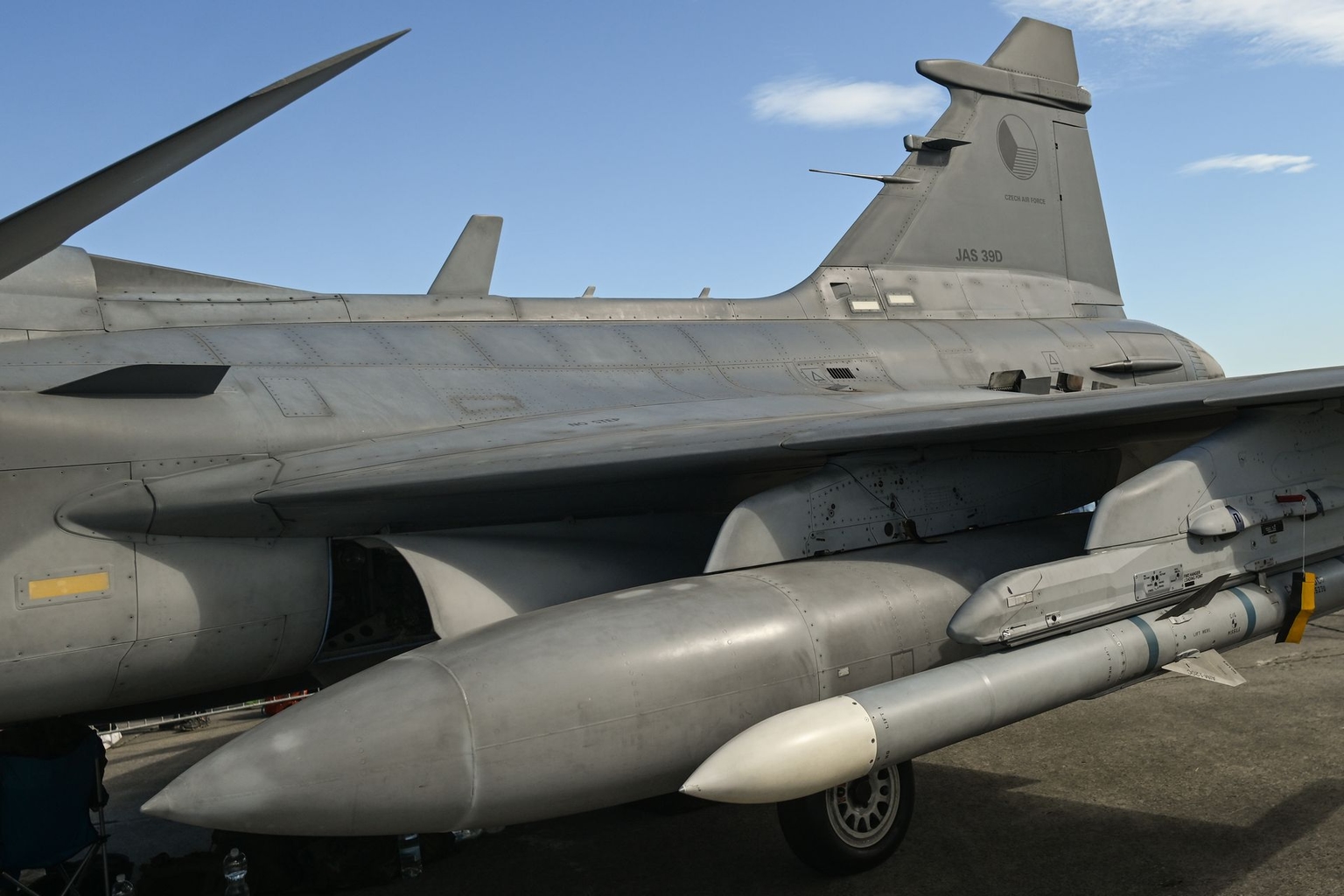
Powered by the Volvo RM12 engine, it remains a capable multirole fighter but lacks the advanced systems and upgrades that define the Gripen E/F.
Despite these limitations, the aircraft could still prove to be a valuable asset for the Ukrainian Air Force in the war against Russia.
The Gripen can carry a range of long- and medium-range air-to-air missiles, including the MBDA Meteor and AIM-120 AMRAAM for beyond-visual-range strikes, as well as IRIS-T and AIM-9 Sidewinder for medium-range combat.
"One of the advantages of the Gripen over the F-16 is its ability to carry the Meteor air-to-air missile," Andrii Kharuk, military historian and weapons expert, told the Kyiv Independent.
"The U.S. has not offered Ukraine a comparable class of weapons — and they cannot, because they simply do not have such missiles."
Kharuk also underscored that the Swedish aircraft feature a unique information exchange system that outperforms the American Link-16, which was removed from the F-16s transferred to Ukraine at the U.S. insistence.
Experts the Kyiv Independent spoke with highlighted a key advantage of the Gripen in any of its variants: the ability to take off and land from less-prepared runways and ease of maintenance.
While a Gripen flight hour costs up to $8,000, operating a comparable Soviet-era MiG-29 can cost as much as $15,000 per hour, according to Ukrainian pilot Voroshylov.
"The Swedish Air Force has put a lot of effort into, since World War II, being able to maintain aircraft in the field, simply using conscript airmen, which makes it much easier," Peter Layton, military expert at the Royal United Services Institute (RUSI), told the Kyiv Independent.
The Gripen is designed for field operations, and it can take off and land from roadways and basic airstrips. This fighter jet features short takeoff and landing capabilities, while F-16s typically require much longer, more prepared runways, Layton added.
With Russia constantly targeting Ukrainian aircraft on the ground, the Gripen's quick turnaround time offers a vital advantage. Voroshylov said that under ideal conditions, a Swedish fighter can be ready for a second takeoff in just 10 minutes.
Voroshylov also highlighted a design feature that enhances the Gripen's survivability: its air intakes are located on the sides of the fuselage, reducing the risk of debris — such as rubble from Russian attacks against Ukrainian airfields — being sucked into the engine during flight. This design lowers the chances of engine damage and accidents.
At the same time, the Gripen, particularly the latest E/F variant, depends on numerous U.S.-made components, including its engine, which could give Washington a say over its export and operational use.
"It would most likely require a sign-off from the U.S. administration to send Gripens to Ukraine," Cristoph Bergs, a research analyst for airpower at RUSI, told the Kyiv Independent. "As for the exact limitations and political considerations behind that, we will have to wait and see."
What role could Gripen jets play in Ukraine?
As the battlefield in Ukraine evolves, Russian weapons are increasingly capable of striking deeper behind the front lines.
Aerial glide bombs particularly pose a significant challenge for air defenses. Their small size, low radar signature, and ability to hug the ground make them hard to detect, while mid-flight maneuvering and high-speed terminal dives leave air defenses minimal time to respond.
Justin Bronk, a senior research fellow at RUSI, said that Swedish fighters armed with Meteor missiles could play a crucial role in helping Ukraine intercept glide bombs launched from Russian Su-34 bombers, which frequently target frontline settlements.
"Only the Meteor has a suitable effective range to be able to threaten Su-34s launching glide bombs 60-100 kilometers (30-60 miles) behind the front lines," Bronk told the Kyiv Independent.
"The AIM-120C AMRAAMs supplied for F-16 and the Mica missiles for the Mirage 2000-5s do not have nearly enough effective range to do so under practical conditions near the front lines," Bronk added.
Meteor missiles, with an estimated range of at least 200 kilometers (124 miles), could also put Russian territory within striking distance of Ukrainian-controlled areas, including Bryansk, Oryol, Kursk, Belgorod, Rostov oblasts, and Krasnodar Krai.
But military expert Kharuk warned against calling the Gripen a "miracle weapon," describing it instead as "another useful tool that will help Ukraine."
The impact of the Gripen on the war in Ukraine will also hinge on how many jets are delivered and how quickly they arrive, the experts said.
Although Sweden began developing the Gripen in the 1980s, its latest E/F variant only entered service with the Swedish Air Force this October. Sweden currently operates around 100 Gripens, including older C/D models and the new E/F versions, leading experts to believe that the first aircraft sent to Ukraine are likely to be the older models.
Brazil's experience reinforces these expectations. The South American country signed a Gripen contract in 2014, which included technology transfer for local assembly. While the original plan called for all aircraft to be delivered by 2024, delays have pushed the schedule to 2032. As of 2025, Brazil has received just 10 of the jets, according to Aerospace Global News.
During a meeting with journalists, Zelensky announced that Ukraine and Sweden have also agreed to localize production of Gripen fighters on Ukrainian soil, Suspilne reported on Oct. 28. The president did not, however, provide details on the timeline or the steps involved.
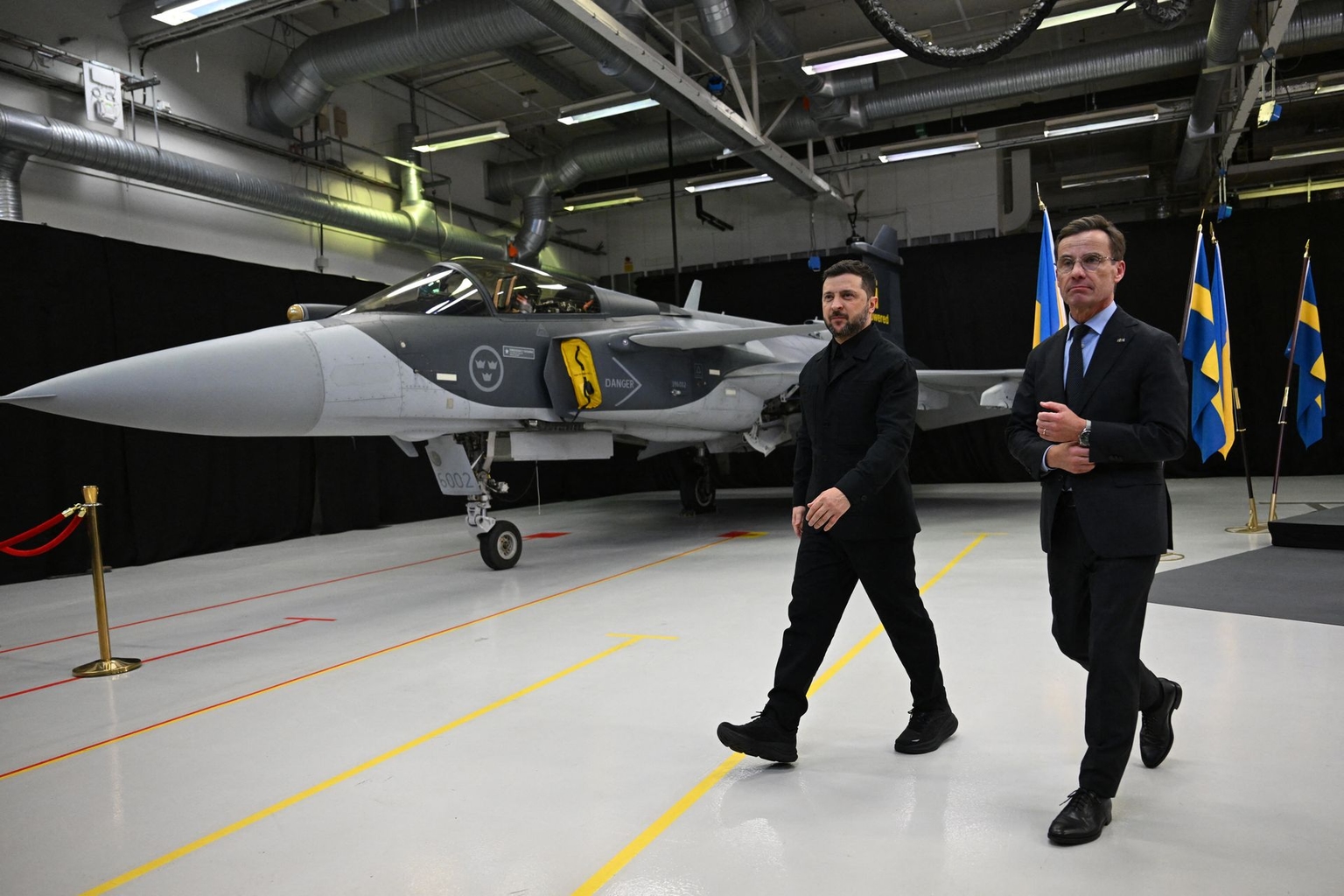
According to Kharuk, Ukraine is most likely to receive nearly a dozen Gripen aircraft of older variants within the next 12 months, with spare parts for the jets already sent in a Swedish military aid package last September.
"These aircraft will be both compensation for those lost by the Ukrainian Air Force (since the beginning of the war) and a qualitative improvement," Kharuk said.
Note from the author:
Hi, I'm Kateryna Hodunova, the author of this article.
Thank you for taking the time to read it. We work without a paywall, relying on the support of our readers. If, like me, you enjoy taking a closer look at modern Western military technology — and you'd like to see more stories like this — consider joining our community today.

